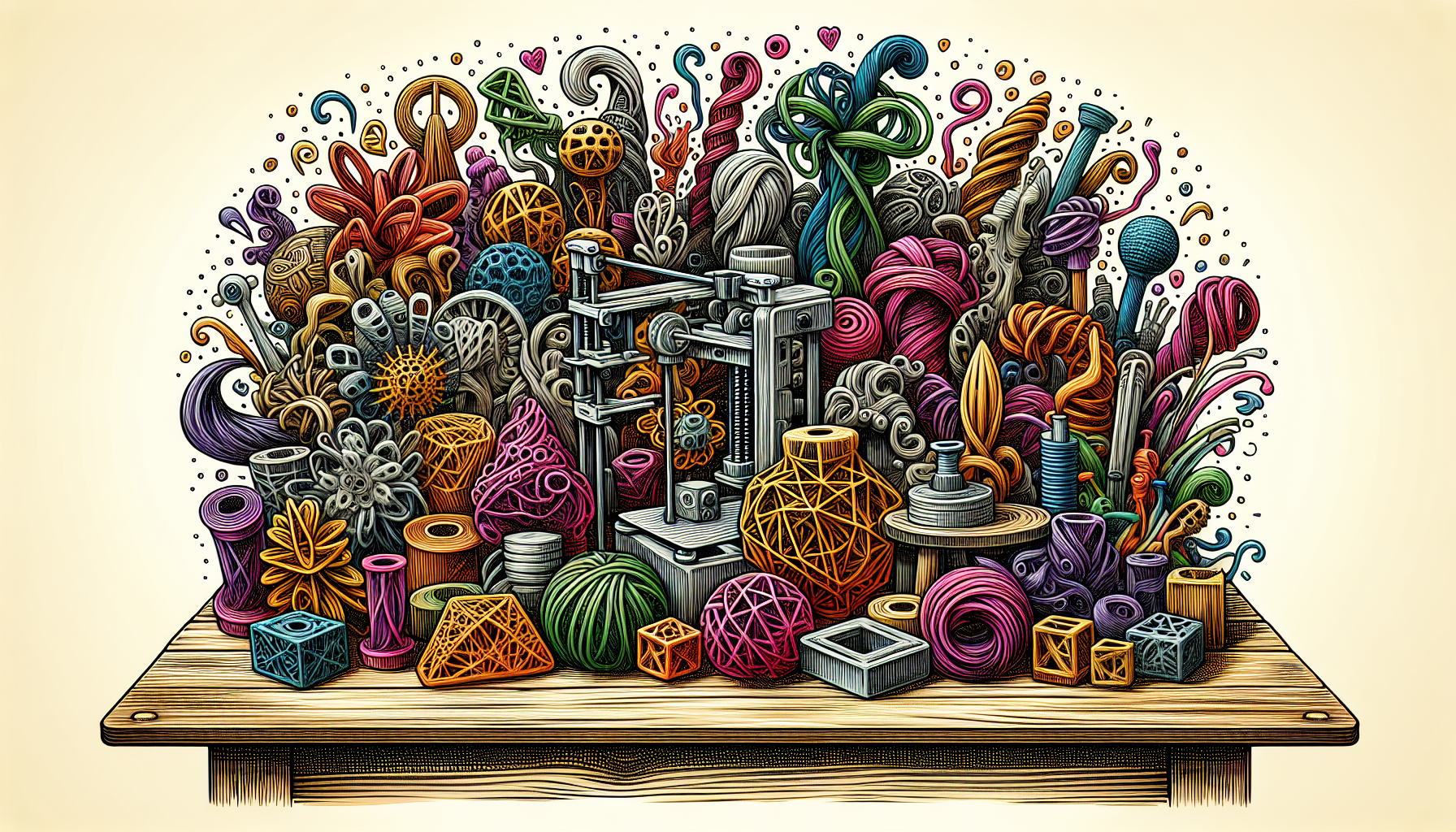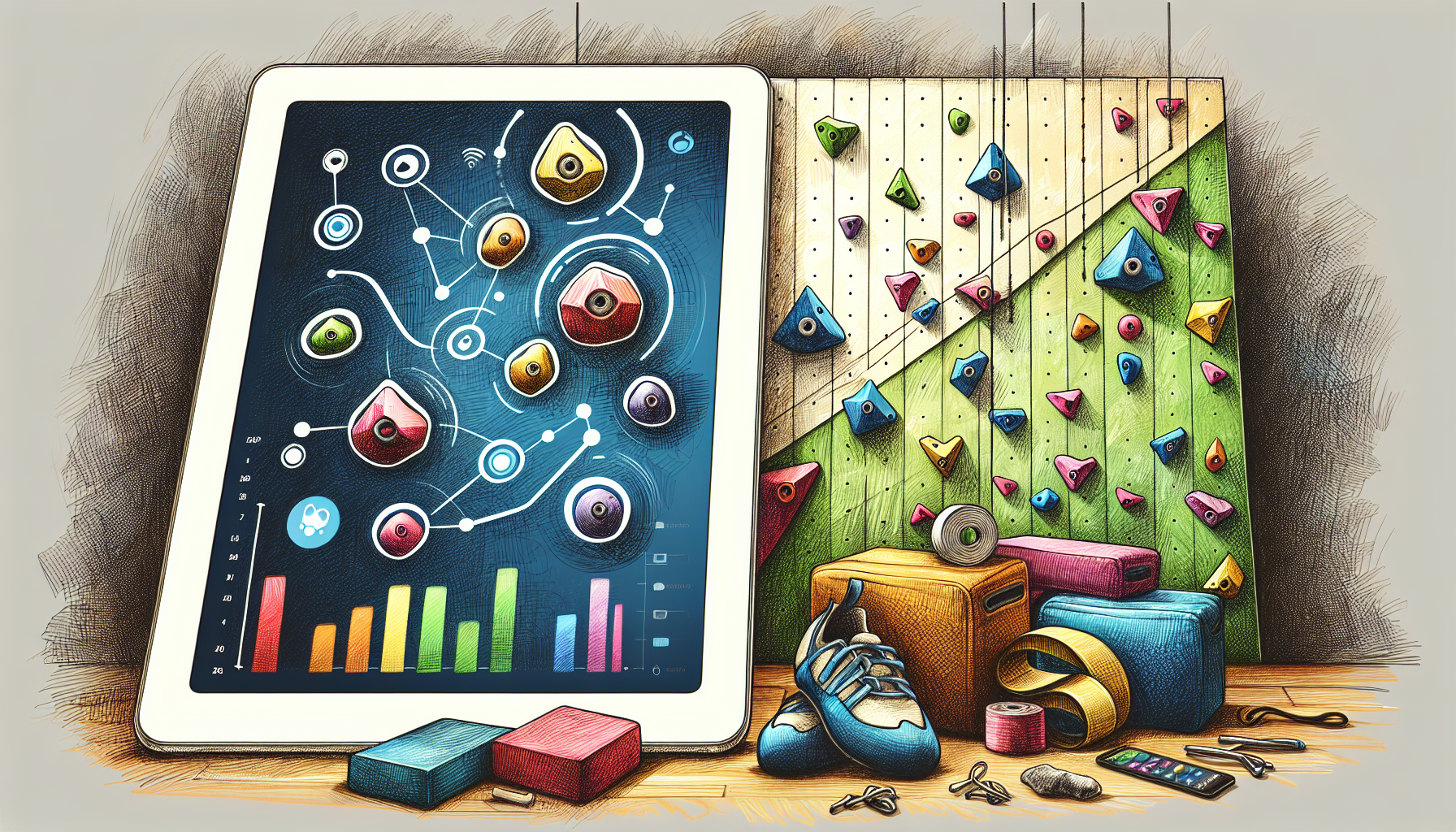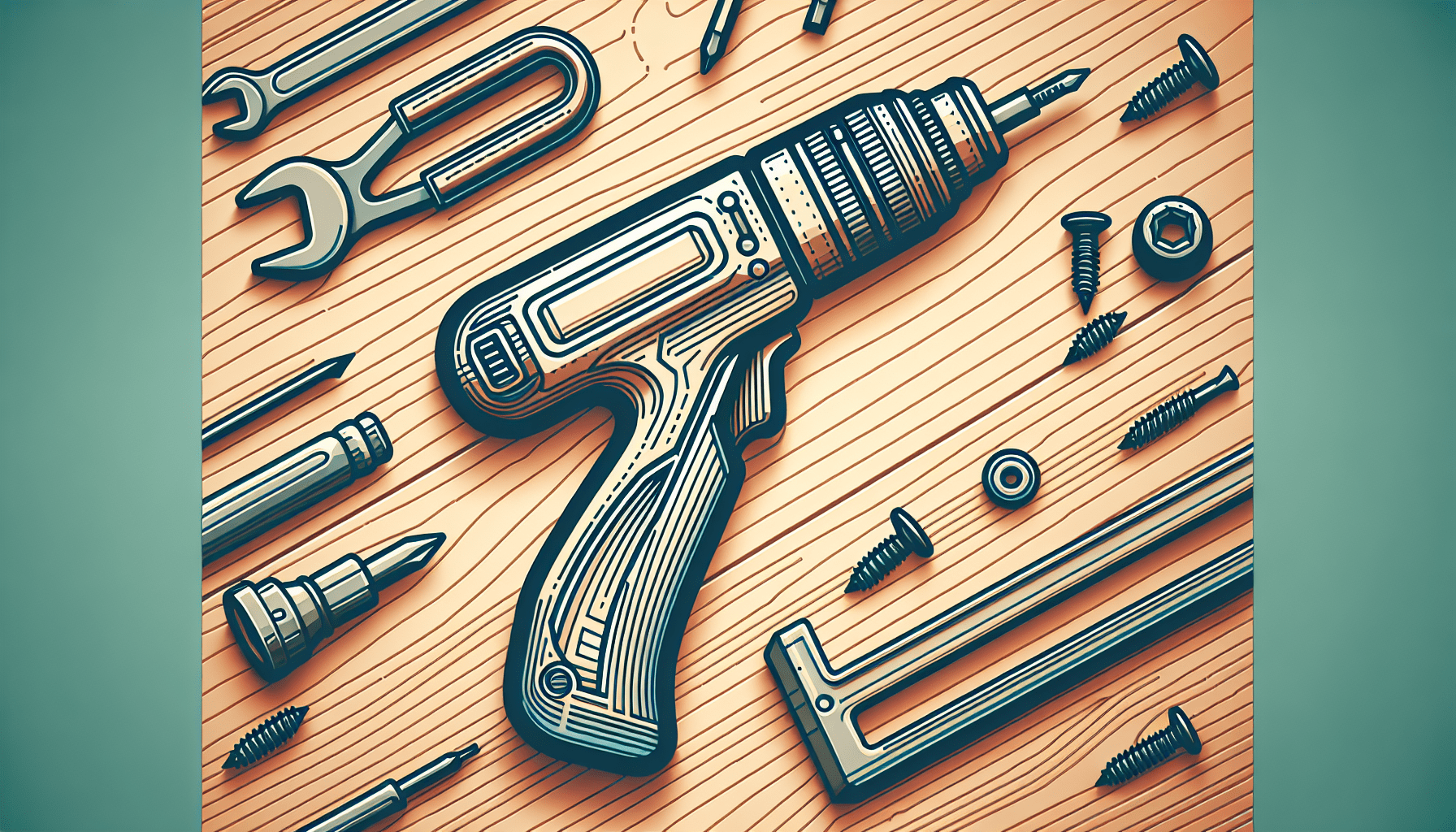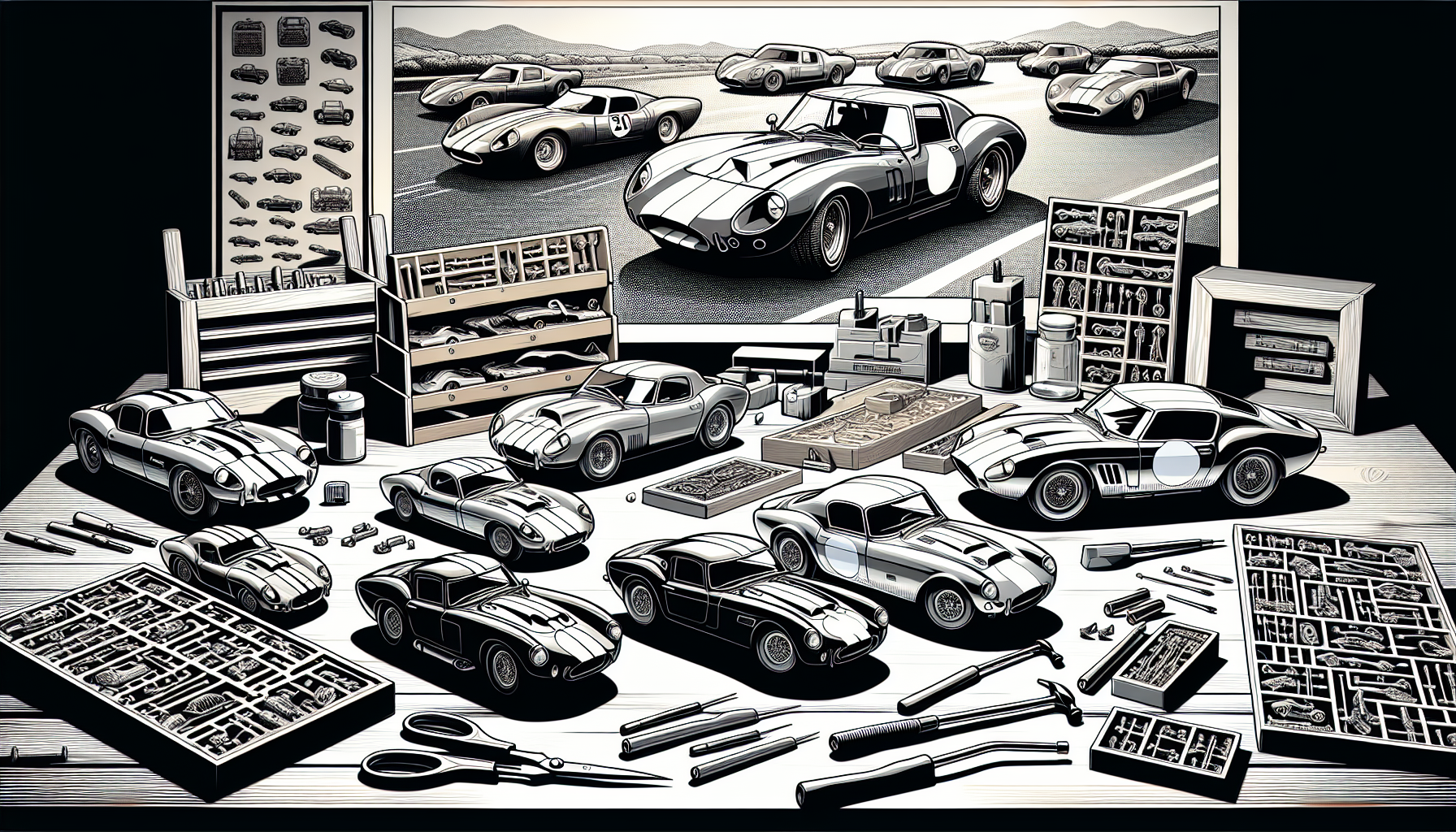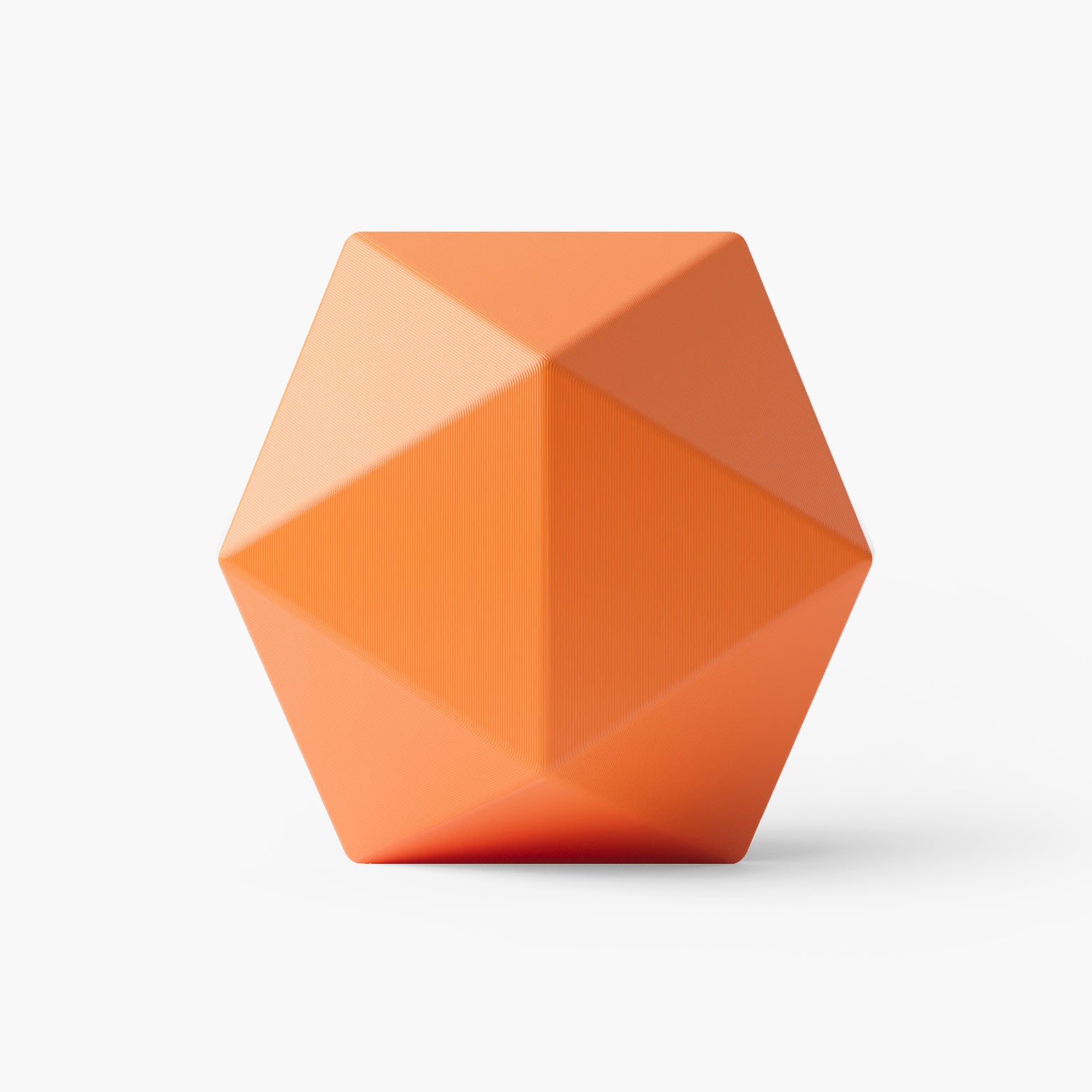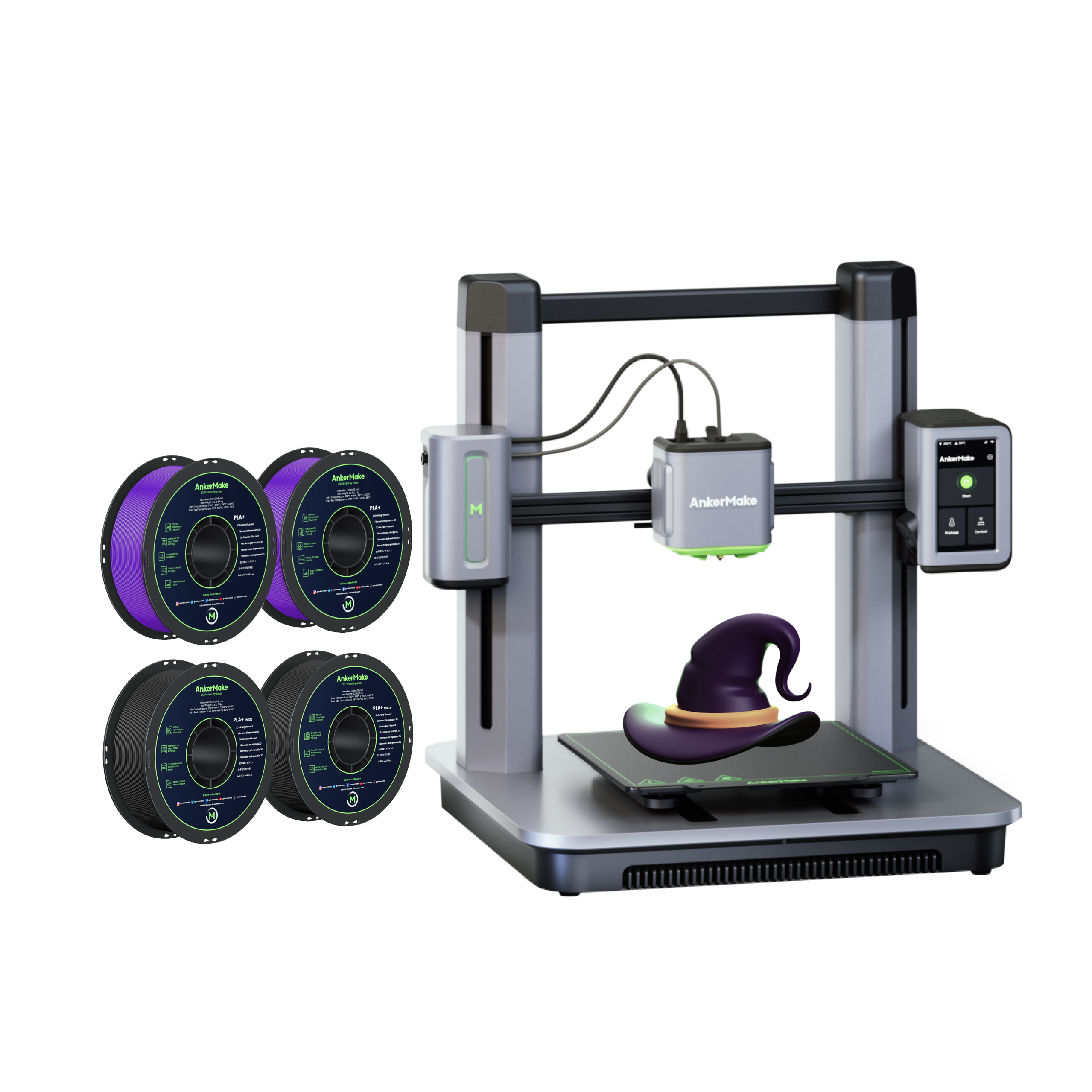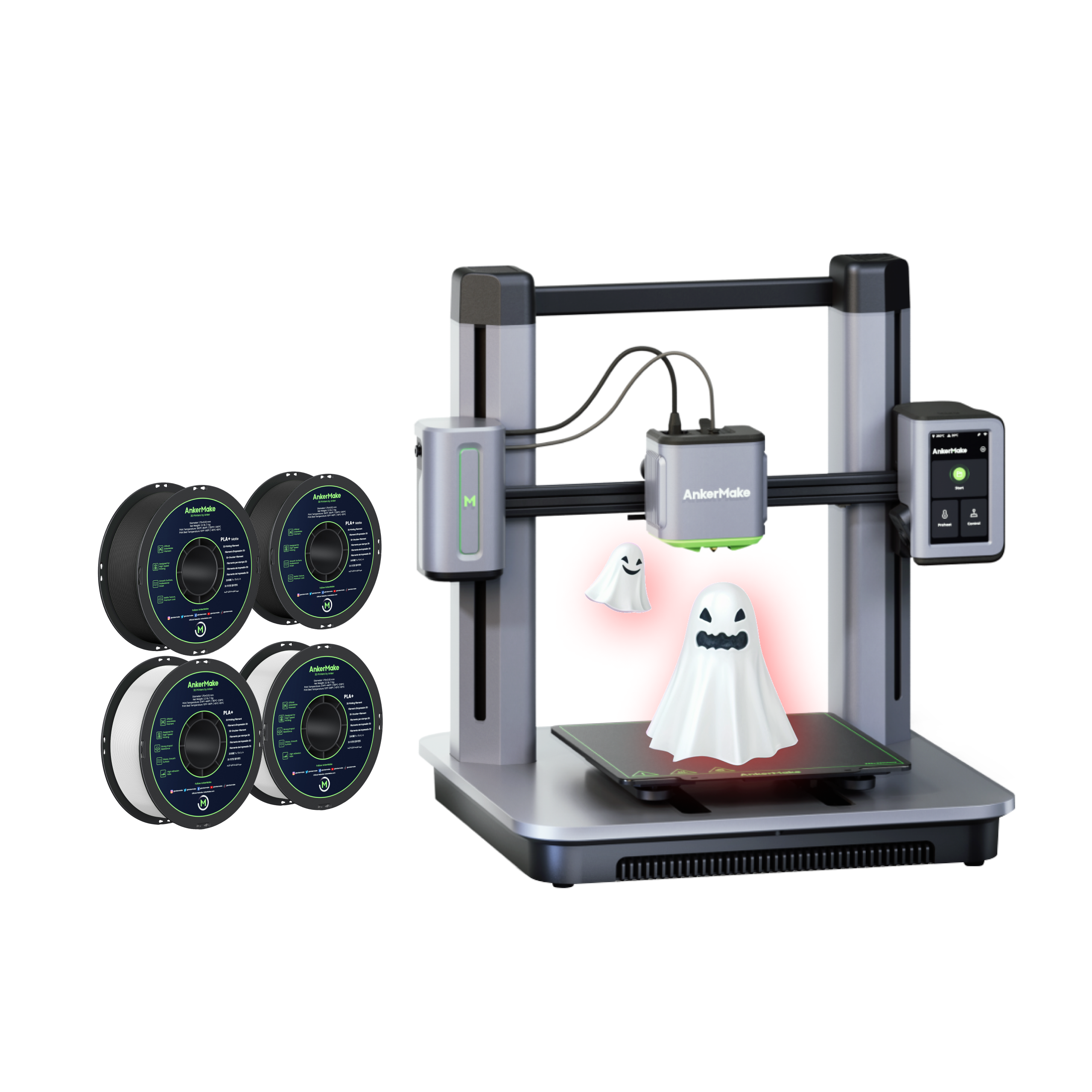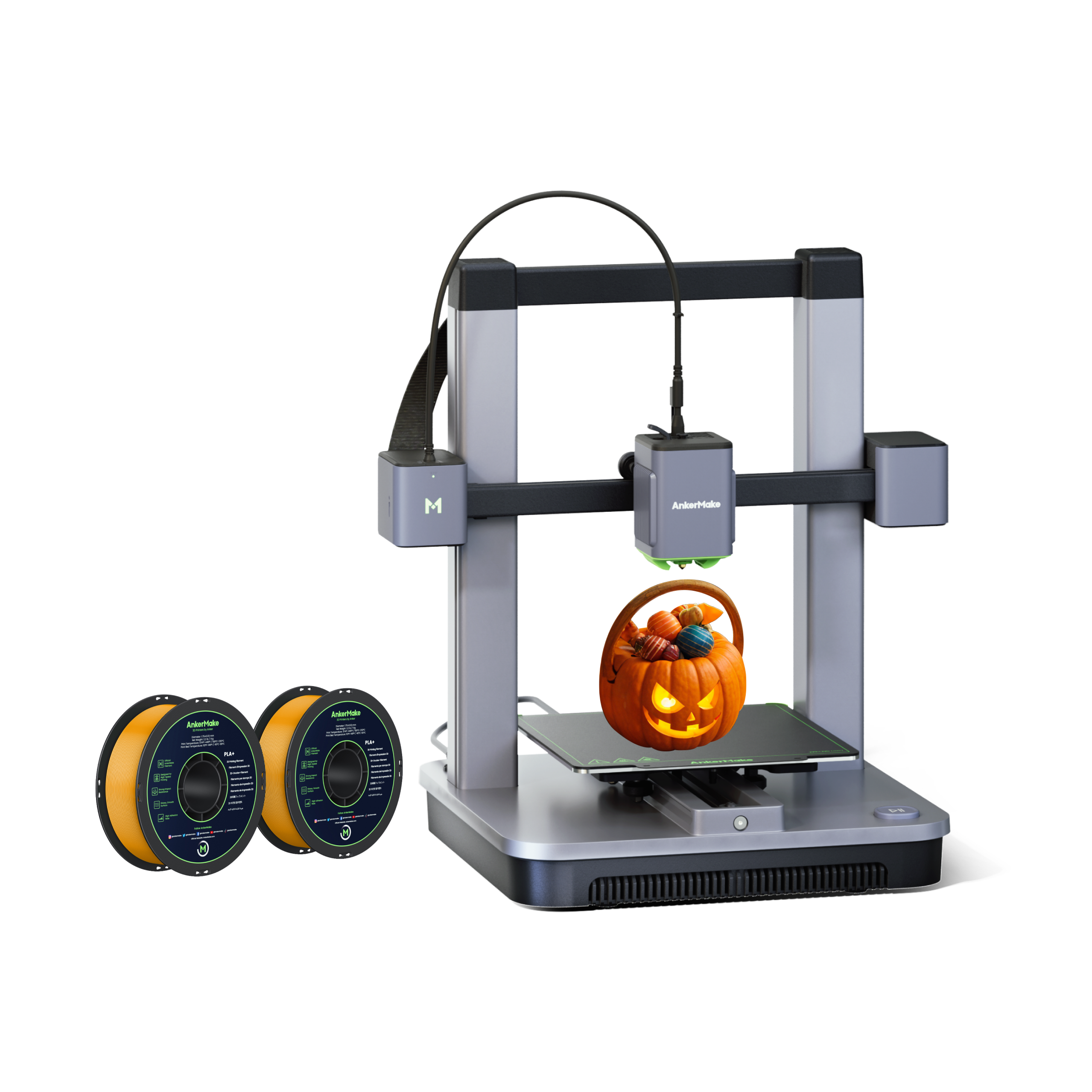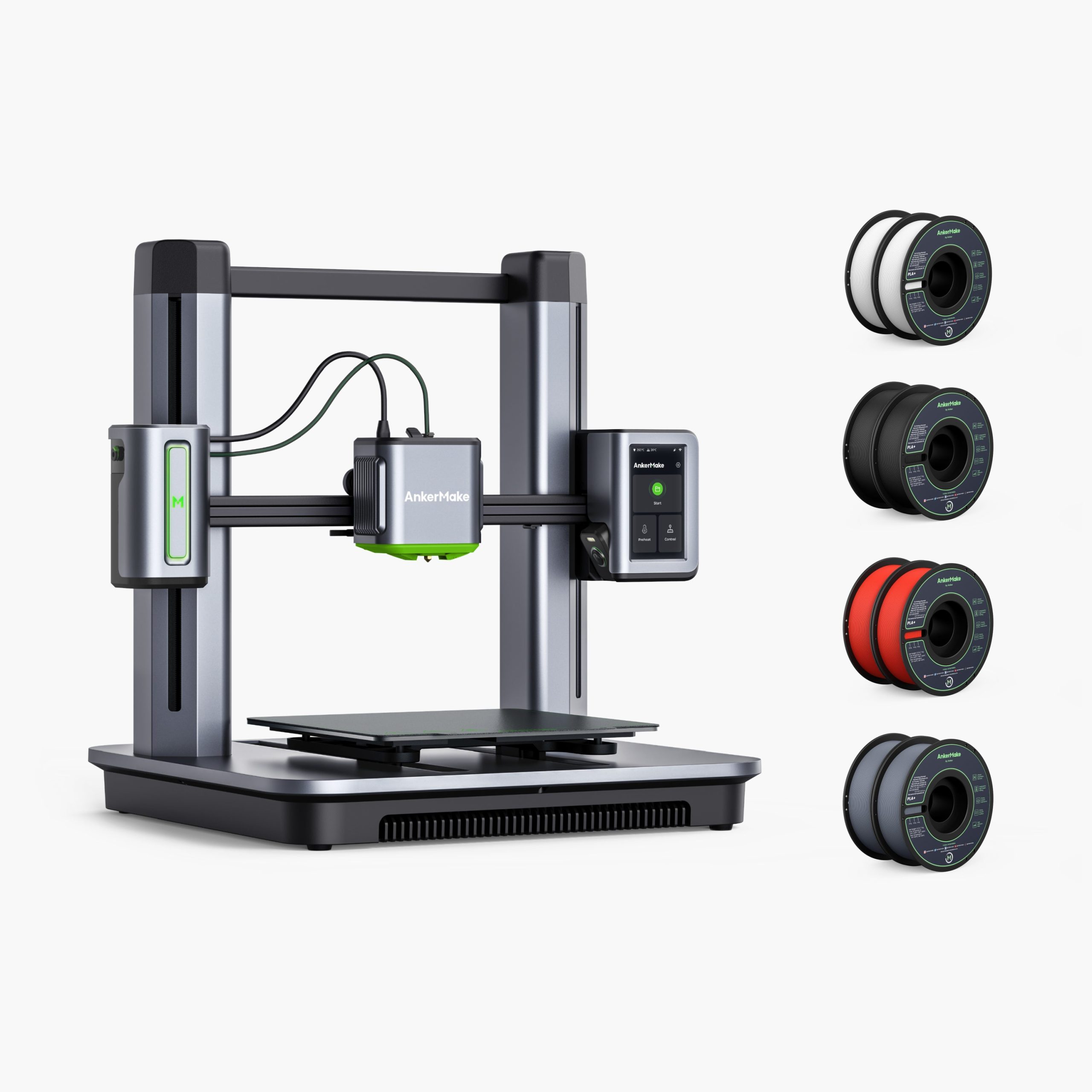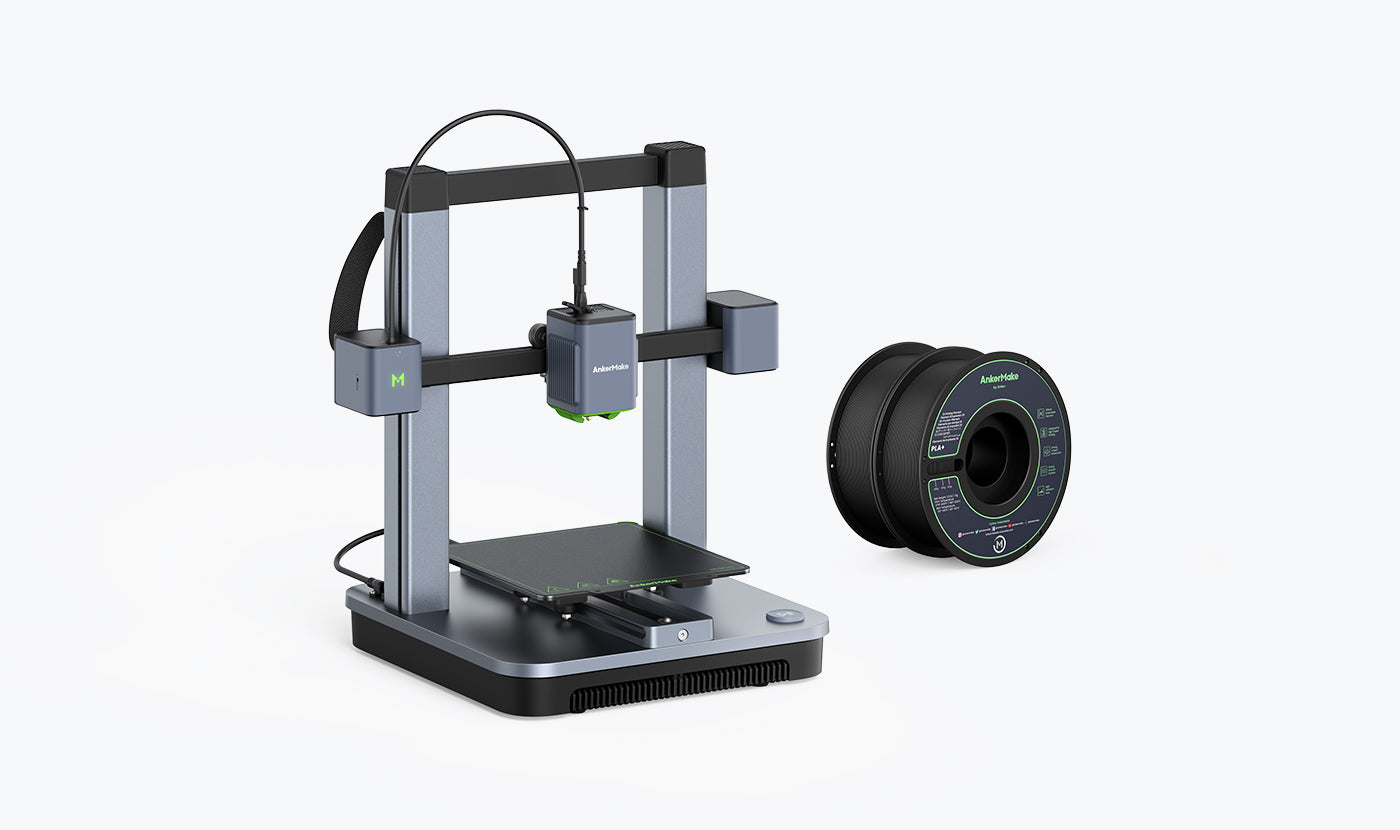In recent years, 3D printing has evolved from a niche hobby into a vital component of today’s production technology. As tech enthusiasts, there’s a growing awareness of the materials we select and their implications for our projects. Choosing eco-conscious 3D printing filament is an important step toward responsible creation and sustainability.
The Diverse Spectrum of 3D Printing Filaments
Understanding the broad range of filaments available is essential for anyone venturing into 3D printing. Each type possesses unique properties that can significantly influence the outcome of your project, reinforcing the need for informed choices. Here’s a breakdown of some common filament types you’ll encounter:
- PLA (Polylactic Acid): This filament is a favorite among 3D printing enthusiasts due to its nontoxic nature and biodegradability in specific conditions. Derived from renewable sources like corn starch, PLA is user-friendly, although achieving complete breakdown requires industrial composting.
- ABS (Acrylonitrile Butadiene Styrene): Renowned for its sturdiness, ABS is frequently utilized in industrial applications. However, its less-than-ideal eco-credentials often push environmentally conscious makers to consider alternatives.
- PETG (Polyethylene Terephthalate Glycol): Balancing flexibility and durability, PETG is a recyclable filament that excels in projects requiring a robust yet slightly bendable material.
- TPU (Thermoplastic Polyurethane): When flexibility is paramount, TPU is your top pick. This filament provides great versatility, making it crucial to source from a sustainable supplier to limit environmental concerns.
Exciting Filament Developments for 2024
As we step into 2024, the landscape of 3D printing filaments is enriched with materials that prioritize both functionality and environmental mindfulness. Here are some noteworthy choices to consider for your next endeavor:
Celebrating the Versatility of PLA
 MatterHackers Build PLA stands out in the 3D printing community. Its ease of use coupled with impressive detail retention makes it ideal for painting and customization, turning it into a versatile medium for creative expression. Its eco-friendly profile allows you to fulfill your artistic vision while being aware of your environmental footprint. You can explore more about PLA options here.
MatterHackers Build PLA stands out in the 3D printing community. Its ease of use coupled with impressive detail retention makes it ideal for painting and customization, turning it into a versatile medium for creative expression. Its eco-friendly profile allows you to fulfill your artistic vision while being aware of your environmental footprint. You can explore more about PLA options here.
Discovering Eco-Friendly Alternatives
 Polymaker PolyTerra emerges as an excellent option for those seeking environmentally friendly materials. Crafted from renewable resources, this filament is sold as compostable; however, it necessitates industrial composting to minimize ecological impact. By selecting PolyTerra, you support innovation while effectively lessening your project’s environmental footprint.
Polymaker PolyTerra emerges as an excellent option for those seeking environmentally friendly materials. Crafted from renewable resources, this filament is sold as compostable; however, it necessitates industrial composting to minimize ecological impact. By selecting PolyTerra, you support innovation while effectively lessening your project’s environmental footprint.
Captivating Creations with Unique Filament
 Ataraxia Art Tri-color PLA breaks away from traditional options, presenting stunning color-shifting effects, which eliminate the need for post-processing and painting. Furthermore, the Flashforge Burnt Titanium PLA provides a striking metallic finish that stands out, making it perfect for projects that seek a touch of luxury without the harmful effects of conventional metallic coatings.
Ataraxia Art Tri-color PLA breaks away from traditional options, presenting stunning color-shifting effects, which eliminate the need for post-processing and painting. Furthermore, the Flashforge Burnt Titanium PLA provides a striking metallic finish that stands out, making it perfect for projects that seek a touch of luxury without the harmful effects of conventional metallic coatings.
Exploring Creative Flexibility with TPU
 Inland Rainbow TPU deserves your attention if you crave versatility. Not only does it offer incredible flexibility, but its vibrant colors inspire a multitude of creative possibilities. This filament suits a variety of applications, from crafting soft toys to creating intricate prototypes, successfully combining artistic expression with functional design.
Inland Rainbow TPU deserves your attention if you crave versatility. Not only does it offer incredible flexibility, but its vibrant colors inspire a multitude of creative possibilities. This filament suits a variety of applications, from crafting soft toys to creating intricate prototypes, successfully combining artistic expression with functional design.
Navigating Your Filament Selection
Choosing the right filament resembles selecting the perfect brush for a painter. Start by considering your project’s specific needs, whether that be strength, flexibility, or aesthetic appeal. If visuals are paramount, you may wish to explore color-shifting or metallic filaments that negate the need for additional coatings. Environmental considerations are also vital—do you prefer biodegradable or recyclable materials? Balancing these factors against cost-effectiveness and availability can significantly influence your decision-making, as options may vary based on your location.
Ultimately, let the specifications of your project steer you toward the appropriate filament. The right choice will enhance your creation while allowing your inventive spirit to resonate with contemporary values.
Anticipating Future Trends in 3D Printing
As we navigate what lies ahead, embracing innovative practices has become an essential part of the tech landscape. By choosing the right 3D printing filaments, you make strides toward minimizing waste and conserving precious resources. With a range of environmentally friendly choices at your disposal, your projects can intertwine creativity and responsibility, promoting a culture of conscientious creation among tech enthusiasts worldwide. For further inspiration, check out the latest 3D printers that can perfectly complement your sustainable filament choices.
Here’s to crafting brighter, smarter, and more inspiring projects in the year ahead!

